 U.K. aid aims to tackle the global challenges of today, including reducing global poverty. However, from 2020-2021, the U.K. government reduced aid spending from 0.7% to 0.5% of gross national income in response to the COVID-19 pandemic. Funded by the U.K.’s Foreign, Commonwealth and Development Office, U.K. aid has impacted poverty reduction by tackling malnutrition and improving access to education in post-conflict societies.
U.K. aid aims to tackle the global challenges of today, including reducing global poverty. However, from 2020-2021, the U.K. government reduced aid spending from 0.7% to 0.5% of gross national income in response to the COVID-19 pandemic. Funded by the U.K.’s Foreign, Commonwealth and Development Office, U.K. aid has impacted poverty reduction by tackling malnutrition and improving access to education in post-conflict societies.
Kosovo
In Kosovo, 37% of people live below the poverty line, according to the 2008 U.K. Department for International Development (DFID) report. After the conflict that ended in 1999, the U.K. contributed to the reconstruction of Kosovo. From 2001-2004, the U.K. sent £15 million worth of aid over three years, after previous assistance from 1991 onward. The U.K. also helped humanitarian organizations such as the United Nations (U.N.) in health care systems, media and economic restructuring. In its 2006 review, the DFID referenced goals such as building responsible and capable governments, the promotion of social inclusion and the reduction of unemployment. Poverty strategies that it has supported have “remained effective instruments.” U.K. aid has helped create the institutions in post-conflict Kosovo necessary to reduce poverty and the country is reliant on international aid in rebuilding its society.
Sri Lanka
After the conflict ended in 2009 in Sri Lanka, the U.K., U.N. and other organizations engaged in post-conflict reconstruction in the nation. About 450,000 people had been displaced, and Sri Lanka’s economy, especially after the COVID-19 pandemic, was struggling. For example, inflation peaked at 73% as of May 2023. The U.K. and Sri Lanka have an existing diplomatic relationship that involves aid: last year, the U.K. provided £3 million for urgent food and farming support. This is in addition to the U.K.’s £11.3 million Conflict, Stability and Security Fund program for Sri Lanka. It forms part of continuing support aimed at improving the economy, developing and rebuilding society and reducing poverty.
Nepal
The DFID launched its Enabling State Program (ESP) from 2001-2013 to support Nepal’s government after the conflict ended in 2006. It addressed the severe exclusion of marginalized groups that faced higher rates of poverty. While the initial budget was £19.5 million, it was increased to £33.3 million by 2013. The Project Completion Review of the ESP revealed that there was success in the areas of inclusion, constitutional processes and building capacity of state organizations. Therefore, U.K. aid helped in building state capacity to address problems such as exclusion and poverty faced by marginalized groups.
South Sudan
With the South Sudan conflict ending in 2020, the U.K. has aimed at reducing extreme poverty and helping the country rebuild its economy after instability. The South Sudan Humanitarian Program contributed £100.4 million from 2014-2020 toward alleviating famine and providing food assistance to 350,000 people. U.K. aid has also contributed to 837,000 people having access to standard education and 618,000 people having access to sustainable clean water. Its initiatives have brought about more stability while mitigating the impact of post-conflict challenges, including poverty.
Burundi
Burundi has struggled to rebuild after its conflict ended in 2005. In 2008, 81% of the population lived below the poverty line. In 2011, the U.K. gave the country £13.7 million, representing 3.6% of the total aid to Burundi. This went toward wealth creation, governance, security and combatting poverty and hunger. This aid aimed to ensure that 68,000 more children got access to primary education, more than 450,000 more textbooks were available in schools and 2,000 more women had better access to justice services. All of these initiatives contribute to addressing and reducing poverty, as education brings economic empowerment to individuals and justice ensures certain rights.
Effects of Reducing the Budget
U.K. aid helps poverty reduction by contributing directly to those in need and helping governments build the capacity to address poverty. However, concerns about reduced spending have been raised by members of the U.K. Parliament and advocates for U.K. aid. With a reduction in spending comes certain results: for example, almost four million fewer girls will have access to standard education. This highlights the importance of adequate aid, especially in post-conflict settings where economies rely heavily on foreign aid in order to restart.
Looking Ahead
In spite of recent budget reductions in U.K. aid, the impact of their assistance in addressing poverty and promoting development in countries like Kosovo, Sri Lanka, Nepal, South Sudan and Burundi has been notable. The U.K. aid has played a crucial role in areas such as reconstruction, health care, education and poverty reduction, contributing to stability and progress in these post-conflict societies. While concerns about reduced spending have been raised, the importance of sustained aid in these contexts cannot be overstated, as it remains essential for long-term development and rebuilding efforts.
– Rosie Lyons
Photo: Unsplash
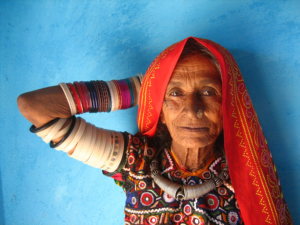 The caste systems found in countries such as India and Nepal are
The caste systems found in countries such as India and Nepal are 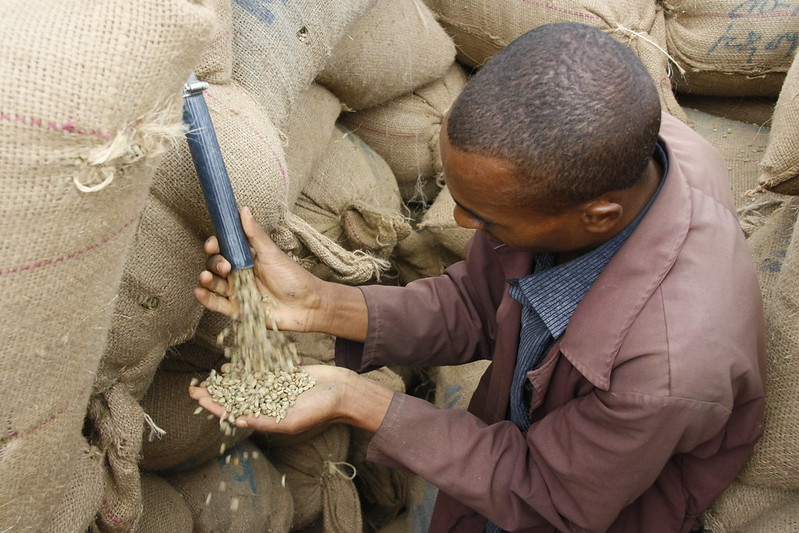 COVID-19 has disrupted trade markets throughout the world. Due to this, many are speculating that the world is in a state of “deglobalization.” Deglobalization is a term that holds two meanings. One propagates the idea that local manufacturers are in danger of foreign competition. The other describes “periods of history when economic trade and investment were in decline.” Moments of deglobalization include World War I, World War II and the 2008 financial crisis in the U.S. Both events led to economic downturns in many other countries, which led to periods of distrust toward globalization.
COVID-19 has disrupted trade markets throughout the world. Due to this, many are speculating that the world is in a state of “deglobalization.” Deglobalization is a term that holds two meanings. One propagates the idea that local manufacturers are in danger of foreign competition. The other describes “periods of history when economic trade and investment were in decline.” Moments of deglobalization include World War I, World War II and the 2008 financial crisis in the U.S. Both events led to economic downturns in many other countries, which led to periods of distrust toward globalization.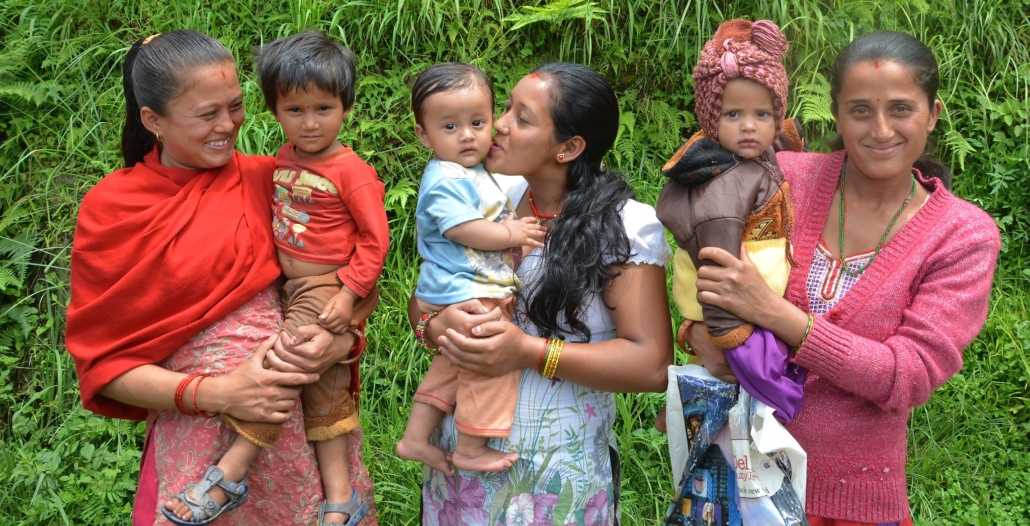 In Nepal,
In Nepal, 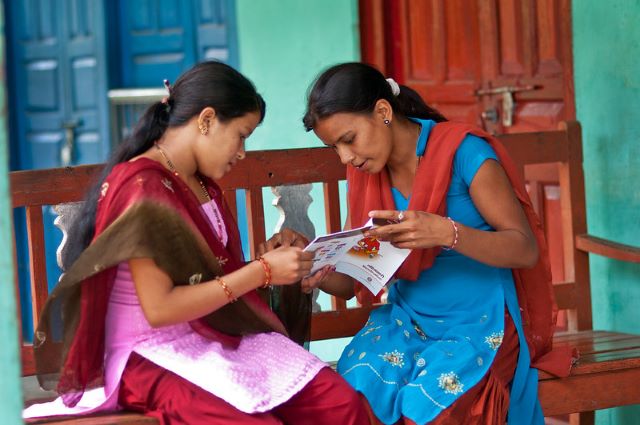 Chhaupadi,
Chhaupadi, 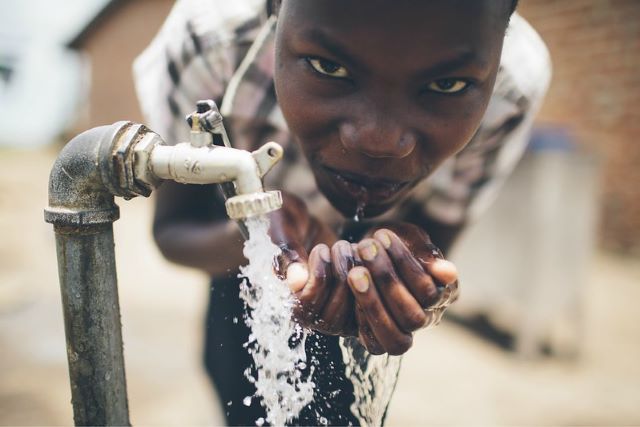 Goliathon is a nonprofit organization located in New Jersey, that uses obstacle courses to raise money for another organization, charity: water, which is based in New York. These two organizations jointly work to bring clean and safe drinking water to people in developing countries.
Goliathon is a nonprofit organization located in New Jersey, that uses obstacle courses to raise money for another organization, charity: water, which is based in New York. These two organizations jointly work to bring clean and safe drinking water to people in developing countries.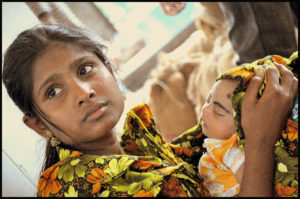 Twelve million girls a year—
Twelve million girls a year—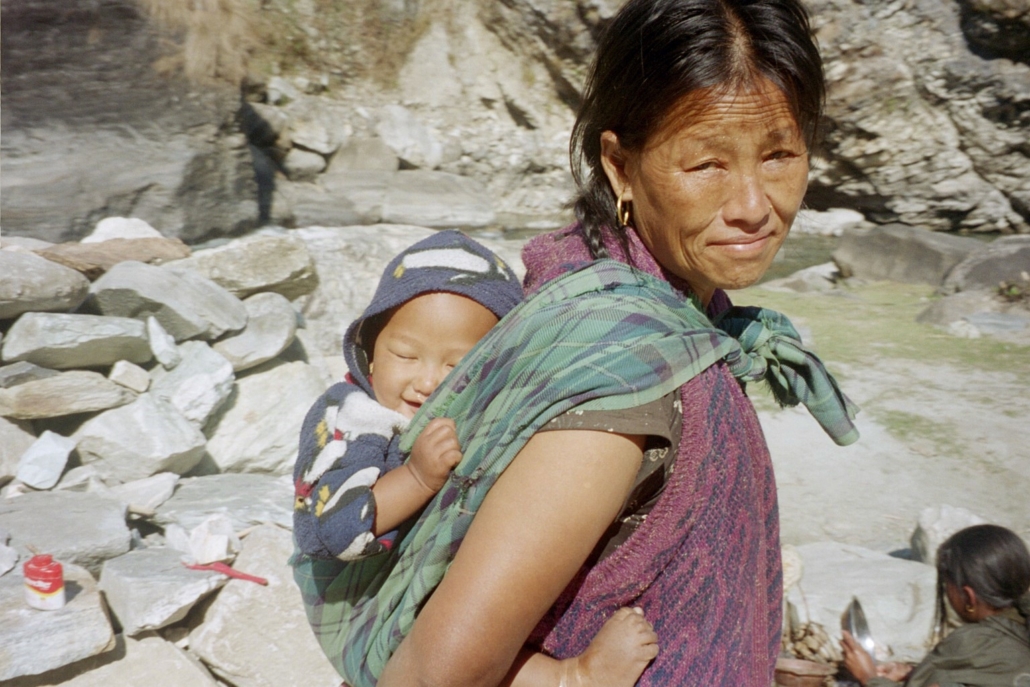 Roughly 2.76 million newborns die each year, with preventable infections causing at least 15% of those deaths. For instance, a baby’s cut umbilical cord could allow bacteria to enter their body, leading to life-threatening newborn sepsis. To avoid neonatal deaths like this, cord stump care at birth is critical, particularly in settings with poor hygiene. Thankfully, w
Roughly 2.76 million newborns die each year, with preventable infections causing at least 15% of those deaths. For instance, a baby’s cut umbilical cord could allow bacteria to enter their body, leading to life-threatening newborn sepsis. To avoid neonatal deaths like this, cord stump care at birth is critical, particularly in settings with poor hygiene. Thankfully, w In 1995, Dr. Geoff Tabin and Dr. Sanduk Ruit launched the
In 1995, Dr. Geoff Tabin and Dr. Sanduk Ruit launched the 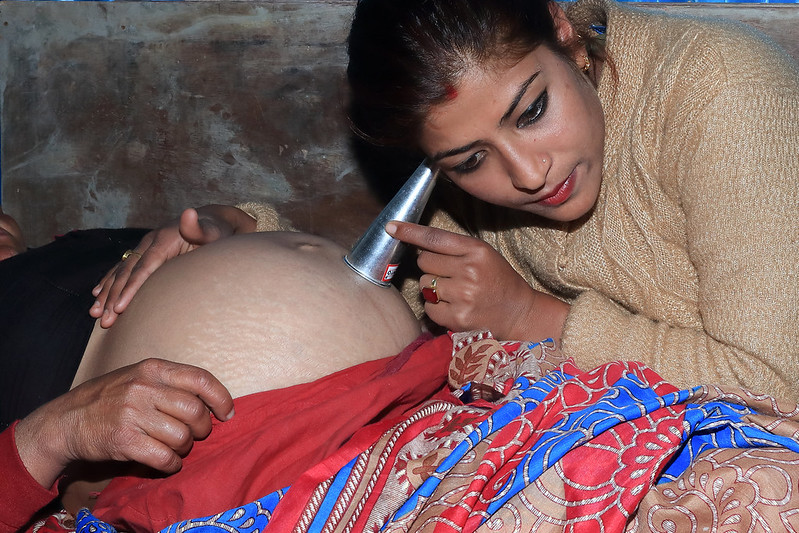 Nepal, a landlocked country bordering India and China, has a population of approximately 30 million. In 2015, close to
Nepal, a landlocked country bordering India and China, has a population of approximately 30 million. In 2015, close to 